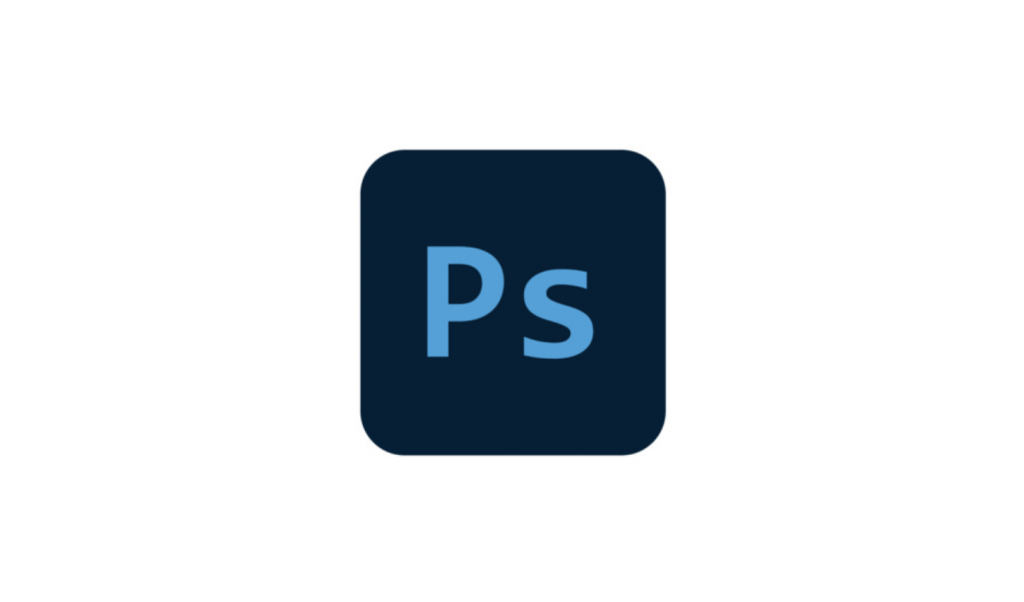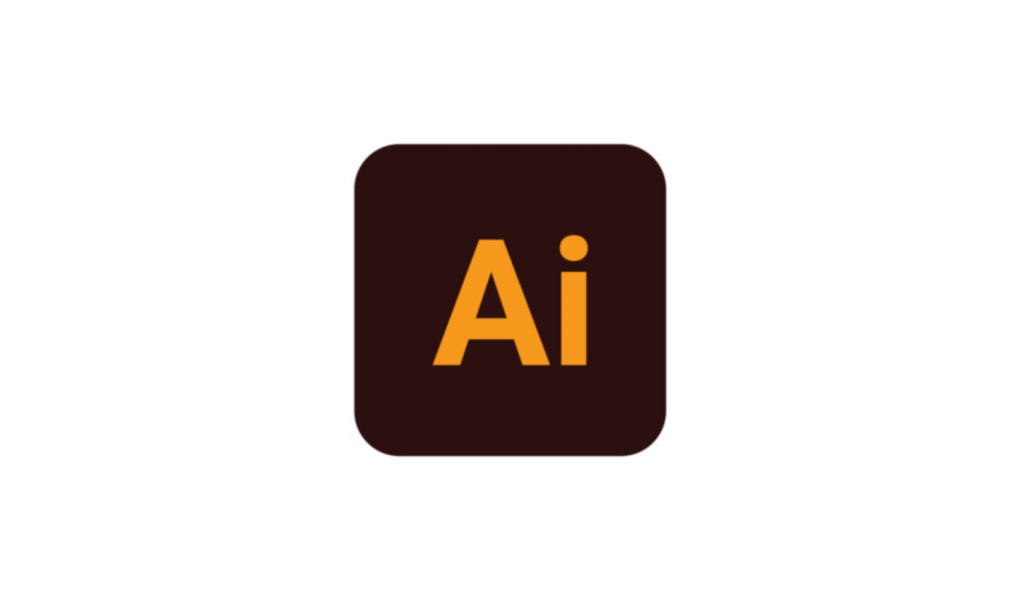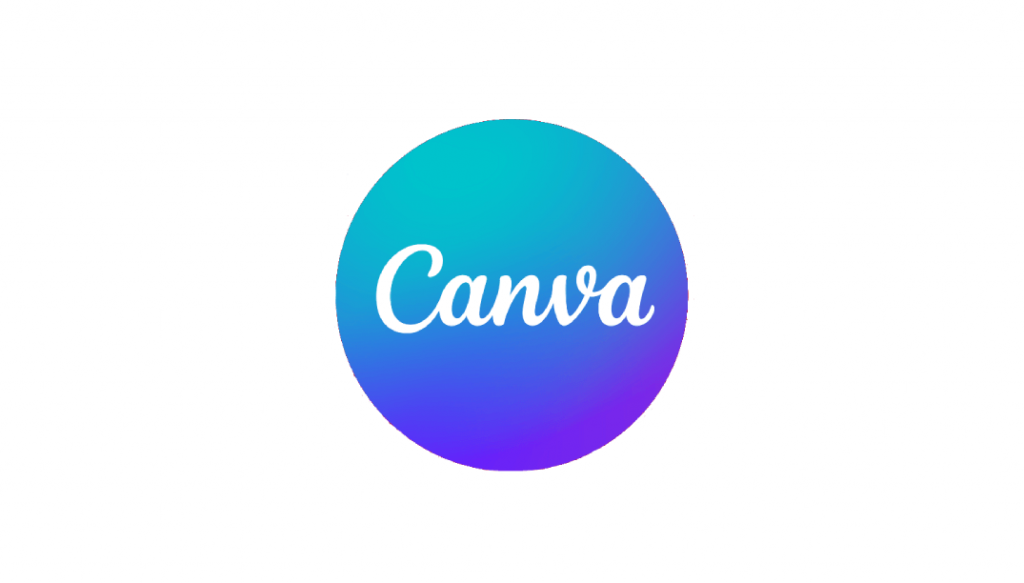In the dynamic world of web design, having the right set of tools is vital for unleashing your creativity and maximizing productivity. With a vast array of programs available, it can be overwhelming to determine the ones that are truly essential. In this comprehensive article, we will delve into the top 10 must-have programs for every designer. From powerful graphic editing software to collaborative prototyping tools, these programs will empower you to master the art of web design and create exceptional digital experiences.
Adobe Photoshop

When it comes to graphic editing and manipulation, Adobe Photoshop reigns supreme as the industry standard. This robust software provides a comprehensive suite of tools and functionalities for creating and optimizing stunning graphics, editing photos, and designing visual elements. With layers, filters, brushes, and precise control over every pixel, Photoshop offers endless possibilities for unleashing your creativity and crafting visually captivating designs.
Whether you’re creating custom graphics, enhancing product images, or designing unique website elements, Photoshop is a must-have program for every designer. Its versatility, power, and extensive community support make it an invaluable tool for turning your design ideas into reality.
Sketch
For designers working in the realm of interface and web design, Sketch is an indispensable program that stands out from the crowd. This vector-based design tool is specifically tailored to create intuitive and visually appealing designs. With its user-friendly interface and an extensive array of features, Sketch enables designers to effortlessly craft pixel-perfect designs that seamlessly adapt to various screen sizes.
One of Sketch’s standout features is the symbol system, which allows you to create reusable design elements. By using symbols, you can make global changes that automatically update throughout your design, saving valuable time and effort. Additionally, artboards make it easy to organize your design work and create multiple variations of your designs in a single document.
Sketch’s vast plugin ecosystem further enhances its capabilities. Plugins like Craft and Zeplin streamline the design-to-development handoff process by exporting design assets and specifications. Sketch’s intuitive design environment and focus on interface design make it a must-have program for every designer seeking to create visually stunning and user-friendly websites.
Adobe XD
User experience (UX) design plays a pivotal role in web design, and Adobe XD is a program that excels in this domain. As an all-in-one UX design and prototyping tool, Adobe XD empowers designers to create interactive prototypes, wireframes, and design mockups with ease.
With XD’s intuitive design workspace, you can design screens, define interactions, and create transitions that mimic the flow of your website or app. Its powerful prototyping capabilities allow you to create interactive experiences that closely resemble the final product, making it easier to gather feedback and iterate on your designs.
Adobe XD also simplifies the collaboration process. By sharing your designs with stakeholders and clients, you can collect feedback directly within the XD platform. This collaborative approach ensures that everyone is on the same page and helps streamline the design iteration process.
Whether you’re a UX designer focusing on user flows or a web designer looking to create engaging prototypes, Adobe XD is a must-have program for bridging the gap between design and experience. Its seamless integration with other Adobe Creative Cloud applications further enhances its capabilities and makes it an essential tool in the web design toolkit.
Figma
In an era of remote work and collaboration, Figma has emerged as a game-changer in the field of web design. This web-based design tool revolutionizes collaboration by allowing designers to work together in real time, regardless of their geographical location.
Figma’s collaborative nature fosters efficient teamwork and eliminates the need for multiple file versions or cumbersome file-sharing processes. With its cloud-based infrastructure, designers can seamlessly work on the same design file simultaneously, making it perfect for both small and large design teams.
Beyond collaboration, Figma offers an impressive set of features that enhance the design process. Components, Figma’s answer to symbols, enable designers to create reusable design elements that can be easily updated across the entire project. This feature promotes consistency and efficiency, particularly when designing complex websites or large design systems.
With Figma’s robust prototyping capabilities, designers can create interactive and animated prototypes that closely simulate the end-user experience. By connecting screens and adding interactive elements, you can present your designs in a way that feels tangible and allows stakeholders to provide valuable feedback.
Figma’s design library and plugin ecosystem expand its capabilities even further. By leveraging design libraries, designers can maintain consistency across multiple projects and share assets effortlessly. Plugins like Content Reel and Auto Layout automate repetitive tasks, boosting productivity and freeing up time for more creative endeavors.
With its focus on real-time collaboration, comprehensive feature set, and growing community support, Figma has quickly become a must-have program for every designer seeking a seamless and collaborative design experience.
Adobe Illustrator

Creating scalable graphics, icons, and illustrations is a critical aspect of web design, and Adobe Illustrator is the go-to program for achieving this. Illustrator’s vector-based approach enables designers to create visually stunning and versatile artwork that can be scaled infinitely without losing quality.
With Illustrator’s robust set of tools and functionalities, designers have precise control over every anchor point, curve, and shape. This level of control allows for the creation of intricate illustrations and complex design elements that elevate the visual appeal of websites.
Illustrator also excels in creating custom icons and typography. Its precise alignment tools, shape-building capabilities, and extensive library of fonts enable designers to create unique and memorable visual elements that enhance the overall user experience.
Moreover, Illustrator seamlessly integrates with other Adobe Creative Cloud applications, allowing for a smooth design workflow. Designers can easily transfer their artwork between Illustrator and Photoshop, leveraging the strengths of each program to achieve the desired visual impact.
Whether you’re creating detailed illustrations, designing custom icons, or crafting visually appealing typography, Adobe Illustrator is an indispensable program that every designer should have in their toolkit. Its versatility, precision, and integration capabilities make it a powerhouse for creating scalable graphics in web design.
Sublime Text
As a web designer, having a reliable code editor is paramount, and Sublime Text fits the bill perfectly. This lightweight and highly customizable editor provides a seamless coding experience with its robust feature set and performance.
Sublime Text supports a vast array of programming languages, making it versatile for web designers working with different technologies. Its syntax highlighting and auto-completion features enhance code readability and productivity, allowing designers to write clean and error-free code.
One of Sublime Text’s standout features is its multiple cursors functionality. With this feature, designers can edit multiple lines of code simultaneously, significantly speeding up repetitive tasks and refactoring code.
Sublime Text’s extensive plugin ecosystem further extends its capabilities. Plugins like Emmet and ColorPicker enhance productivity by providing shortcuts for code expansion and color selection. By customizing the editor’s appearance, key bindings, and snippets, designers can tailor Sublime Text to their specific coding preferences.
With its simplicity, flexibility, and powerful features, Sublime Text is a must-have program for every designer seeking an efficient coding environment. Its snappy performance, extensive customization options, and supportive community make it a reliable companion in the web design journey.
Visual Studio Code
Visual Studio Code (VS Code) has gained immense popularity in the web development community and is equally valuable for web design. This free and feature-rich code editor provides a powerful and versatile platform for designers to create captivating websites.
VS Code’s intelligent code suggestions, linting capabilities, and built-in debugging tools significantly streamline the coding process. Designers can write code with confidence, knowing that syntax errors and common mistakes are flagged and suggestions are readily available.
One of the key strengths of VS Code is its extensive library of extensions. From HTML and CSS preprocessors to JavaScript frameworks and task runners, designers can find extensions that cater to their specific needs. These extensions enhance productivity by providing shortcuts, snippets, and integration with various development tools.
The Git integration within VS Code simplifies version control and collaboration with other developers. Designers can seamlessly manage their code repositories, commit changes, and resolve conflicts, all within the editor’s interface.
With its powerful features, extensibility, and active community support, Visual Studio Code has become a must-have program for every designer seeking a robust coding environment. Whether you’re coding HTML, CSS, JavaScript, or exploring more advanced web technologies, VS Code offers the tools and flexibility to streamline your development process.
Atom
Atom, an open-source code editor developed by GitHub, provides a flexible and customizable platform for designers. Built with web technologies, Atom is highly adaptable, allowing designers to tailor the editor to their specific needs and preferences.
One of Atom’s distinguishing features is its hackability. The editor is built on Electron, which means that developers can customize and extend its functionality through packages and themes. With thousands of packages available, designers can find tools that enhance their workflow, such as code formatters, linters, and project management utilities.
Atom’s user-friendly interface and intuitive design make it accessible to designers of all skill levels. Its smart autocompletion, split-pane editing, and file system browser simplify the coding process and improve productivity.
Collaboration is also a breeze with Atom. By using the Teletype package, designers can invite collaborators to work in real-time on the same codebase, enabling seamless collaboration regardless of geographical location.
With its flexibility, extensibility, and vibrant community, Atom is a must-have program for every designer seeking a highly customizable coding environment. Whether you’re a front-end developer, a UX designer, or a web design enthusiast, Atom provides the tools and freedom to create your ideal coding environment.
InVision
Prototyping and collaboration are crucial stages in the web design process, and InVision simplifies these tasks with its robust prototyping and collaboration platform.
With InVision, designers can transform their static designs into interactive prototypes that closely resemble the end-user experience. By defining interactions, transitions, and animations, you can present your designs in a way that feels tangible and allows stakeholders to provide valuable feedback. InVision’s prototyping capabilities bridge the gap between design and development, ensuring a smooth transition from concept to reality.
In addition to prototyping, InVision facilitates seamless collaboration among designers, stakeholders, and clients. By sharing your designs, you can gather feedback and annotations directly within the platform. This collaborative approach eliminates the need for lengthy email threads or scattered feedback, streamlining the design iteration process and promoting effective communication.
Furthermore, InVision integrates with popular design tools like Sketch and Adobe XD, allowing for a seamless design workflow. Designers can sync their designs from these programs to InVision, ensuring that prototypes stay up to date as the design evolves.
Whether you’re a freelance designer working with clients or a design team collaborating on a large-scale project, InVision is a must-have program for prototyping and collaboration. Its powerful features, intuitive interface, and emphasis on streamlined communication make it an invaluable asset in the web design toolkit.
Canva

Not every web designer has a background in graphic design, and that’s where Canva comes in. This web-based design tool offers a simplified and intuitive approach to design, making it accessible to designers with varying skill levels.
Canva’s extensive library of templates provides a starting point for designing visually appealing graphics. Whether you’re creating social media graphics, banners, or infographics, Canva offers a wide range of pre-designed templates that can be customized to suit your needs.
The drag-and-drop functionality in Canva makes it easy to add and arrange elements in your designs. From text to images, icons, and shapes, designers can create visually engaging compositions without the need for advanced design software or skills.
Canva also provides a range of design tools to enhance your creations. With features like image editing, color adjustment, and typography customization, you can fine-tune your designs and achieve the desired visual impact.
Whether you need to create eye-catching social media graphics or compelling visuals for your website, Canva is a must-have program for every designer looking to enhance their design capabilities without extensive design expertise. Its user-friendly interface, vast template library, and powerful design tools make it an essential tool for non-designers venturing into the world of web design.
Conclusion
Mastering web design requires the right set of tools, and these 10 must-have programs are indispensable for every designer. From powerful graphic editings software like Adobe Photoshop and Adobe Illustrator to collaborative design tools like Figma and InVision, these programs empower designers to unleash their creativity, streamline their workflow, and create visually stunning websites. Whether you’re a beginner or a seasoned professional, incorporating these must-have programs into your toolkit will elevate your web design skills and help you craft exceptional digital experiences. Embrace these programs, master their capabilities, and embark on a journey of limitless possibilities in web design.
